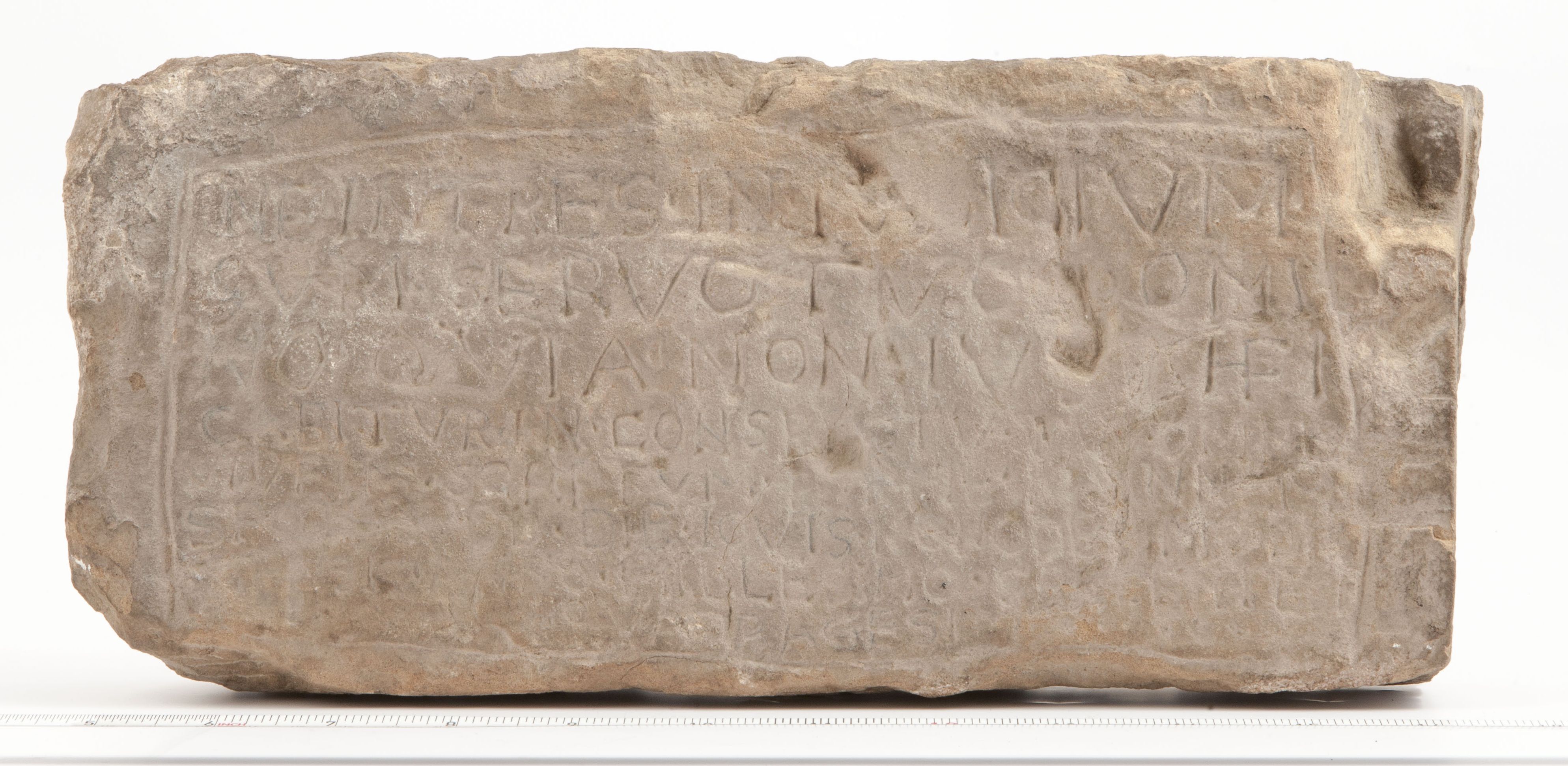
January 19, 2016, by Guest blogger
Emotive Objects at Nottingham Castle: Part 1
Richard Gaunt has had a busy few months at Nottingham Castle working as ‘Curator of Rebellion’. He has continued to help shape the historical content informing the new galleries by researching some of the emotive objects which it is hoped will prove particularly appealing to visitors. This is the first in a series of blogs where Richard will be sharing the results of that research, which show the diverse nature of ‘rebellion’ in the history of Nottingham – and its Castle – over the course of the past 500 years and more.
The John Sporwood Stone
We start with an evocative connection to one of the Castle’s former inmates.
An early guidebook to the Castle Museum described this as ‘an interesting relic of the old fortress discovered in one of the walls of the Modern Castle’. It is believed to have ‘formed part of the masonry of one of the old prisons, and was simply used as a building stone in the new edifice’.
Nothing is known about the prisoner who inscribed it, but the Victorian architect Thomas Chambers Hine believed it to be the work of an ‘unfortunate Royalist who was incarcerated there during the Civil War…the darkness of the cell would account for the rudeness of the lettering and the few slight errors in the writing’.
The inscription reads ‘Enter not into judgment with Thy servant, O Lord, for in Thy sight shall no man living be justified. Written by me John Sporwood, on Thursday, the nineteenth day of the month of January, one thousand six hundred and forty-[three?]’. Its dating is uncertain, and the link to the English Civil War depends entirely on whether the stone is inscribed ‘forty’ or ‘forty-three’.
In my next blog coast, a famous account of the Castle’s place in the English Civil War, and a gruesome reminder of a failed rebellion which ended on the outskirts of Nottingham, almost 200 years ago.
No comments yet, fill out a comment to be the first

Leave a Reply